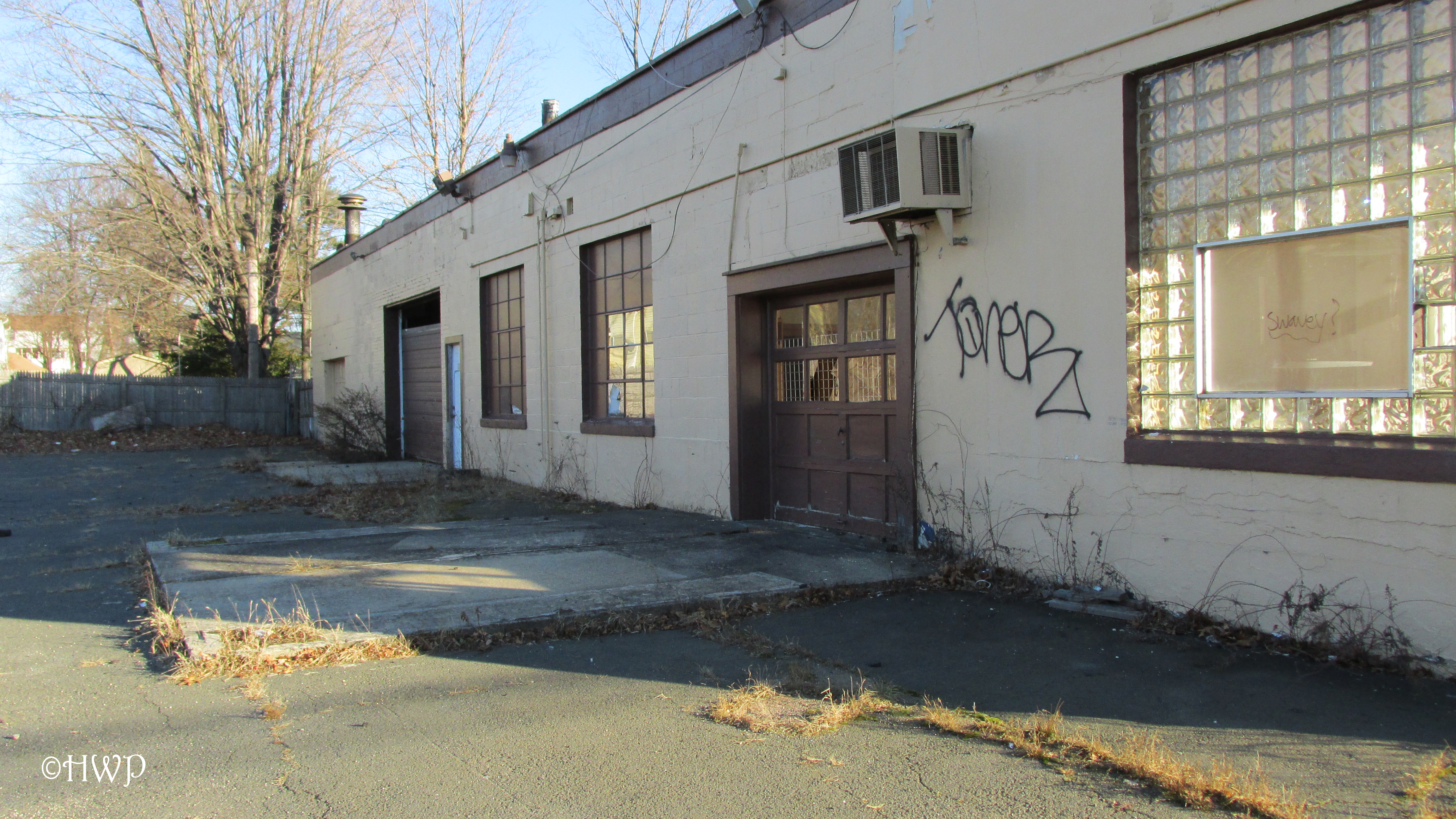An Introduction to Schedules of Condition

An introduction to Schedules of Condition
In today’s Commercial Property market it is critical for landlords and tenants to know what repairing obligations they are committing to, and to understand the ramifications of failing to prepare their exit strategy properly from the outset. The best way to protect yourself as a tenant, aside from carefully reading and agreeing the repairing obligations in the lease at the outset, is to have a Schedule of Condition professionally prepared and annexed to the lease.
Typically, Schedules of Condition contain at the very least a photographic schedule of the property, but ideally also a descriptive narrative of the condition, at the time that you take responsibility for the property. It is a snapshot in time, and the best way of establishing the condition that the property should be returned, depending on the wording of the repairing clause in the lease.
The repairing clause in the lease is key here because even with a perfectly prepared Schedule of Condition, complete with descriptive narrative and photographs, it will hold no weight at all if the repairing clause stipulates that you must ‘put and keep the premises in a good state of repair’. The emphasis here being on the word ‘put’, which then requires you to potentially return the premises in a better condition than when you took it, thus rendering the Schedule of Condition relatively useless. Instead you should be seeking wording that does not require you to ‘keep’ the property in any better condition than at the start of the lease, as evidenced by the Schedule of Condition.
Another common mistake is to go to the expense of having a Schedule of Condition prepared and then not submit this to the other side for approval and annexation to the lease. Unless the Schedule of Condition is specifically referred to, and is annexed to the lease, then it will hold little or no weight when the time comes to assess the condition that you must leave the premises in on lease expiry, or sooner determination as may sometimes be the case.

How a Schedule of Condition can save you money
Towards the end of a lease, or occasionally at interim periods throughout the lease, a landlord may serve upon their tenant a Schedule of Dilapidations. This schedule will document items such as disrepair, unauthorised alterations, and wants of decoration. The landlord may serve what is known as a Terminal Schedule of Dilapidation up to three years before the end of the tenant’s contractual term. This is normally served to allow the tenant sufficient time to remedy the breaches that have been outlined. Alternatively, the landlord may wait until lease expiry to serve what is known as a Final Schedule of Dilapidation on the tenant. In this instance the clear aim of the landlord is for a financial assessment for damages, rather than allowing the tenant the opportunity to remedy their contractual breach.
In the absence of a Schedule of Condition and suitable repairing clauses in a lease it is easy to see how a tenant’s financial outlay in either case can escalate into tens or sometimes hundreds of thousands of pounds, as there is no proof or evidence of the condition at the outset. There are certain circumstances in which there are caps to the amount that a landlord can claim in damages, as contained in Section 18 of the Landlord & Tenant Act 1927, which I will go into in more detail in subsequent blogs. There is also clear guidance on how dilapidations cases should be handled, which are contained in the Dilapidations protocol and on the RICS website.
In summary I would suggest that a few hundred pounds spent at the outset in having a Schedule of Condition properly prepared will provide you with peace of mind and potentially save you thousands of pounds at the end of your lease. Contact us now to arrange a Schedule of Condition for your next move and find out about our lease advisory and other relevant services that we can offer you.
Please, follow us on social media…


0 Comments